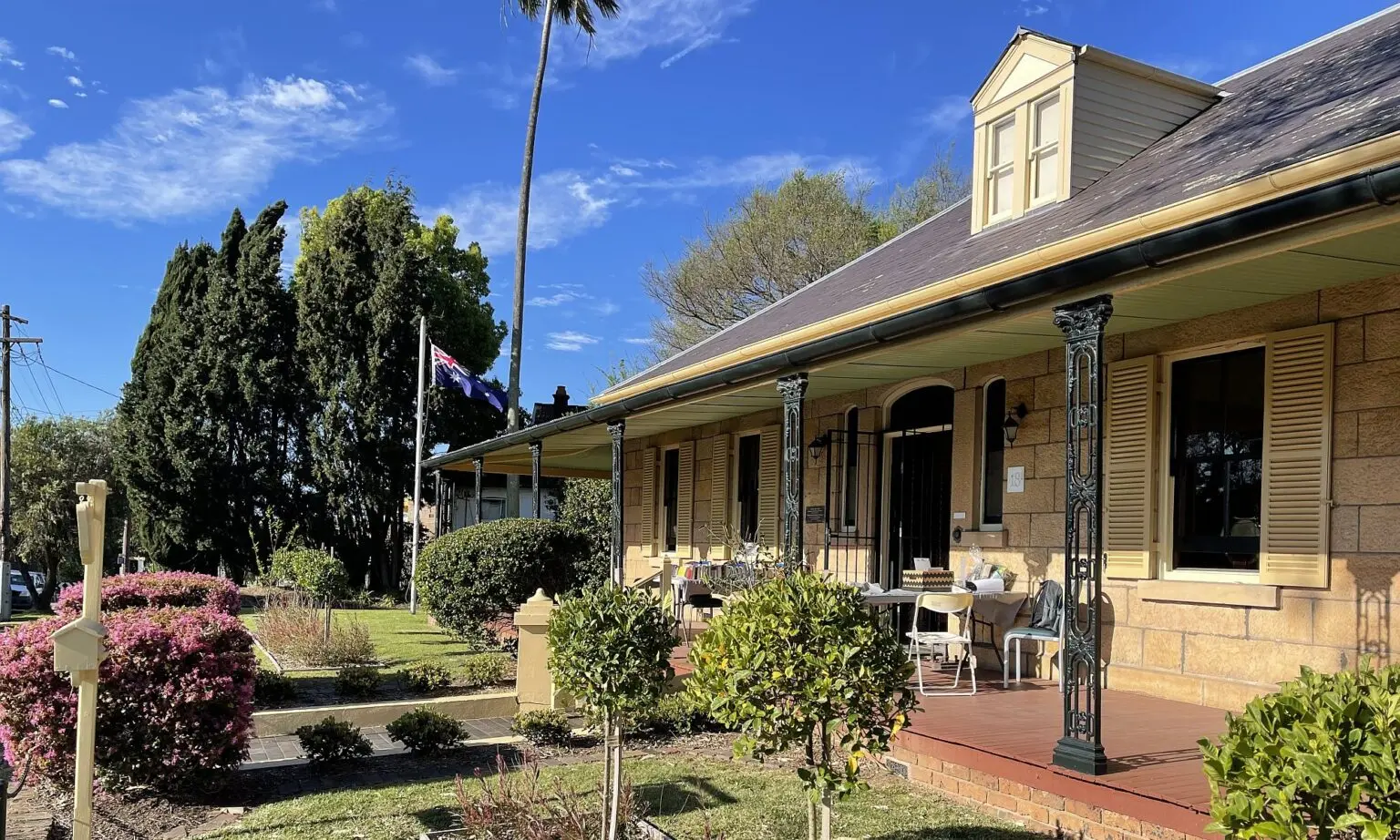by Thelma Hayman Included amongst the several large tracts of land bestowed on various people in the early days of the settlement that became known as Koggerah (now spelled as Kogarah) was a triangular shaped area which came into the possession of John Porter. Its boundaries were set by the western side of Rocky Point …
Continue reading “The Fitzgerald Family and Fitzgerald’s Hill, Kogarah South”

